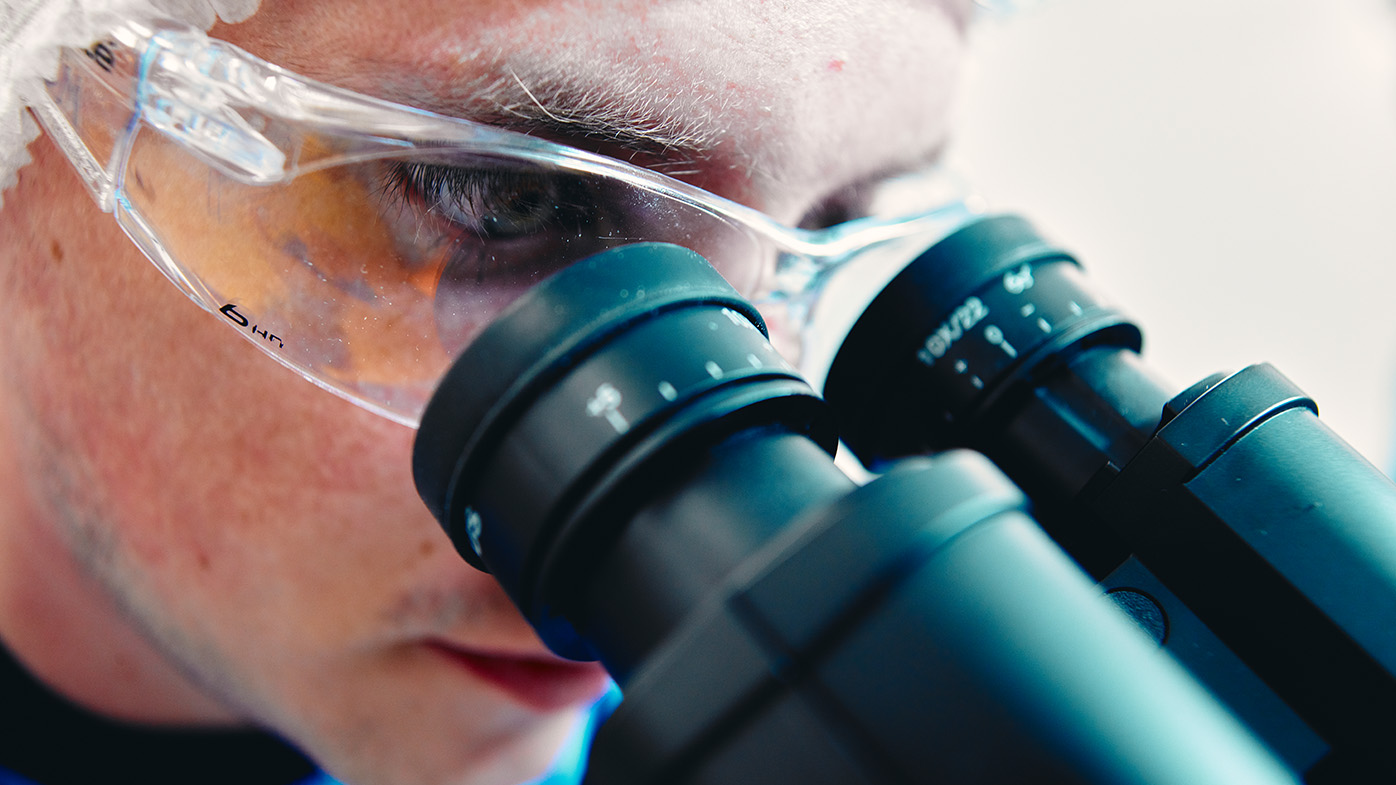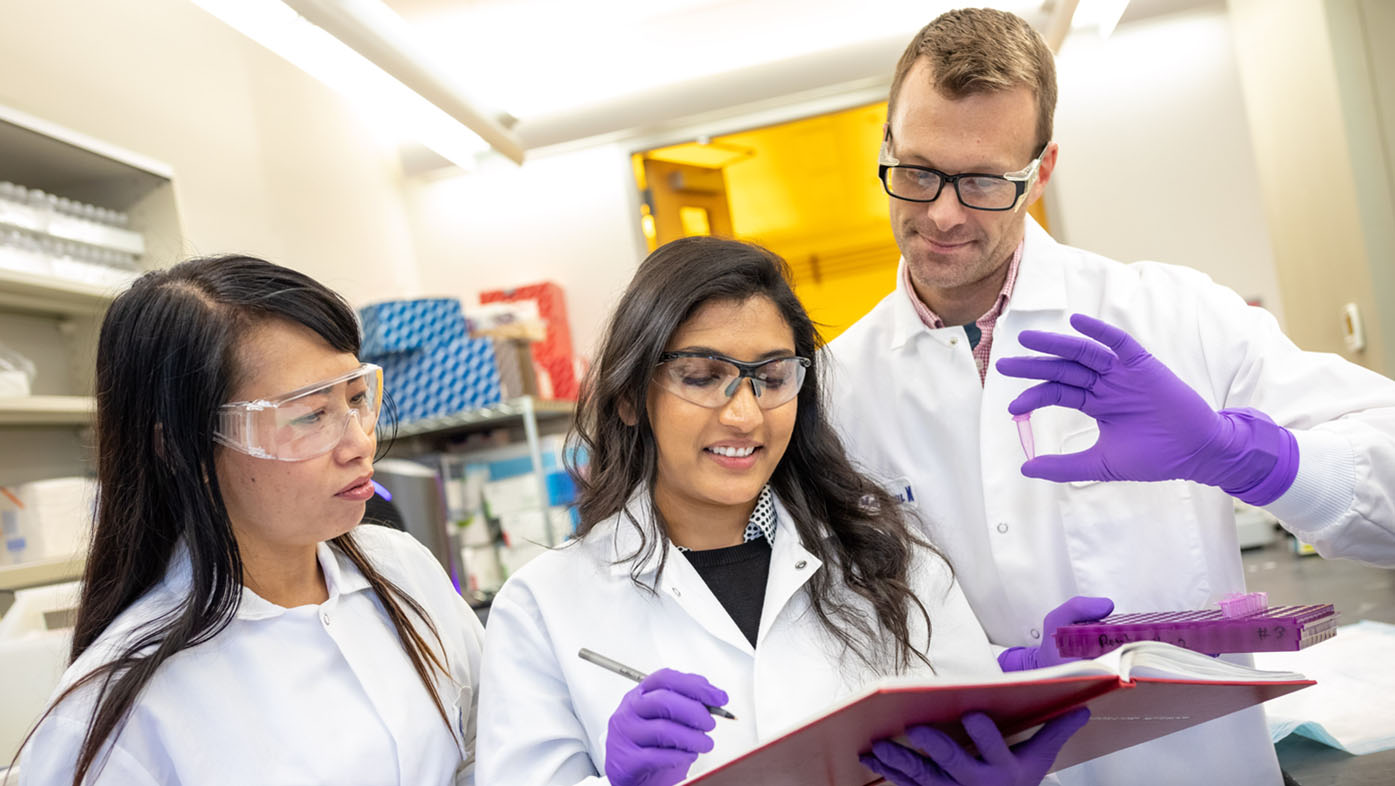What are BMS’ primary areas of research in liver disease today?
Melissa Harris (MH): BMS has a strong history in hepatology, originating with our groundbreaking work in chronic viral hepatitis. Today, we are advancing investigational research in nonalcoholic steatohepatitis (NASH), a condition characterized by excess fat in the liver that can potentially lead to fibrosis, cirrhosis, liver cancer, liver failure, need for transplant or even death.
Ian Waxman (IW): Recognizing the link between liver diseases and liver cancer, we are also researching therapies for hepatocellular carcinoma (HCC), which accounts for 90 percent of all liver cancers. The most common causes of HCC are the hepatitis B and C viruses. However, NASH is tied to obesity and diabetes, and as their incidence continues to rise, NASH is expected to become the most common cause of HCC in developed countries.
Why is BMS’ research in NASH and HCC important?
MH: In addition to its link to HCC, NASH is also the second-leading cause of liver transplantation in the United States and is expected to become the primary cause as the incidence of hepatitis C virus-related cirrhosis declines. The discovery of effective treatment options for these patients is critical to help avoid the potential complications of NASH.
IW: From the perspective of BMS oncology, HCC is a prime example of our commitment to researching innovative treatment options for patients who have a significant unmet need. HCC is the third most common cause of cancer-related death worldwide and is most often diagnosed in the advanced stage, where effective treatment options are particularly limited and leave room for further advancement. Our research in HCC also encompasses patients who are more difficult to treat and, therefore, often excluded from clinical trials, including those with poorer prognosis of chronic liver disease, known as Child-Pugh B.
What’s next for liver disease research at BMS?
IW: In HCC, we’re evaluating the potential of innovative therapies earlier in patients’ treatment regimens and researching how various combination approaches impact clinical outcomes. We’re also committed to identifying potential treatment options that allow patients to maintain their quality of life, which can be just as important as their clinical outcomes.
MH: With a growing worldwide prevalence, the need for a better way to diagnose NASH across the various stages of disease is very high. We are actively researching noninvasive methods of NASH diagnosis and staging, including novel translational endpoints, circulating biomarkers and noninvasive imaging modalities. These efforts are informed by our robust, integrated translational medicine capabilities, and represent potential alternatives to the current diagnosis of NASH through liver biopsy, an invasive and painful procedure where a needle is used to remove a small piece of the liver.
How is BMS’ research in liver disease unique?
MH: Our research in liver disease is unique because we are constantly working together, across internal and external teams as well as across liver disease types, to facilitate innovative advancements for patients. This kind of cross-pollination in liver disease research is an advantage made possible by BMS’ long-standing heritage and knowledge in the field, as well as our ability to leverage the learnings of our partners to quickly and continuously further our understanding of fibrotic diseases.
IW: Exactly. Liver diseases are linked. Patients with one type of liver disease are more likely to endure another, which is why our collaboration across liver disease types is critical in advancing the most innovative options for patients.



